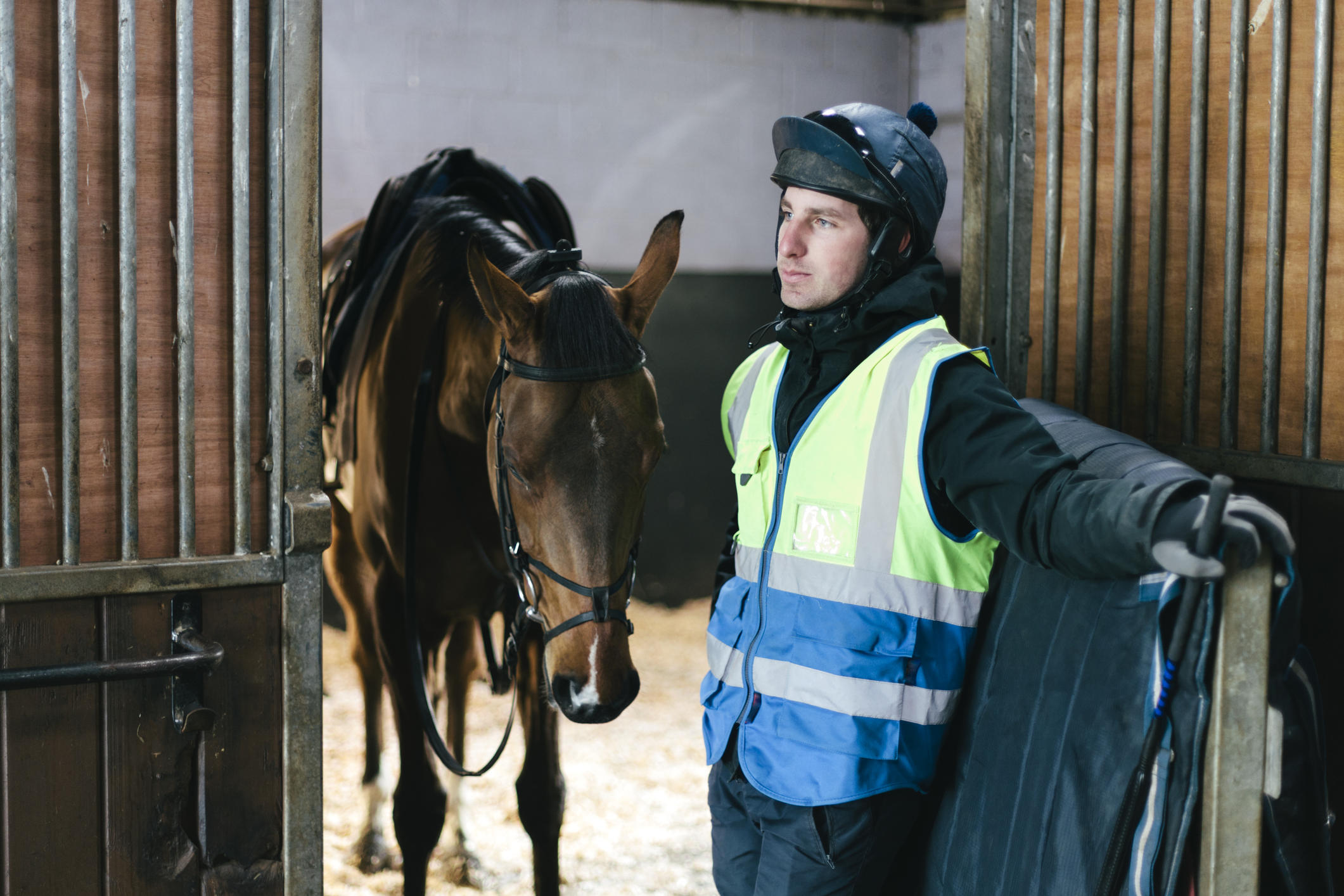Below is a list of industry-relevant research, organisations and associations. Hyperlinks have been included where available.
IRC and skills forecast
IRCs now submit comprehensive Skills Forecasts to the AISC every 3 years, with abridged annual updates submitted in the intervening 2 years.
Relevant Research
$25 Million Commitment to Equine Welfare in Victoria – Racing Victoria
Code of Practice for the Keeping of Racing Greyhounds – Agriculture Victoria
Code of Practice for the Keeping of Racing Greyhounds – Racing and Wagering Western Australia (RWWA)
Equine Welfare Strategic Plan – Racing Victoria
Greyhound Racing Careers & Jockeys Project – Skills Impact
Inquiry into Animal Cruelty in the Management of Retired Thoroughbred and Standardbred Horses in Queensland – Agriculture and Fisheries, Queensland Government
Measurement of Economic Impact of the Australian Thoroughbred Breeding Industry – Glen Hardy and Paul Limoli (AgriFutures Australia)
NSW Greyhound Welfare Code of Practice – Greyhound Welfare & Integrity Commission
Racing to Improve Jockey Health and Safety – AgriFutures Australia
Racing, Equine and Farriery Industry Snapshot – Future Now Creative and Leisure Industries Training Council (Western Australia)
Retraining Horses & Greyhounds to New Environments Project – Skills Impact
RWWA Increases Its Commitment to Racehorse Welfare – Racing and Wagering Western Australia
Skills Priority List: June 2021 – National Skills Commission
The South Australian Greyhound Industry Animal Welfare Policy – Greyhound Racing SA
Thorough Care SA – Racing SA
Thoroughbred Aftercare Welfare Working Group Issues Paper and Call for Submissions – Thoroughbred Welfare Initiative
Western Australian Racehorse Welfare Plan released – Western Australian Government
Industry associations and advisory bodies
Australian Bookmakers' Association (ABA)
Australian Federation of Greyhound Breeders, Owners & Trainers Associations (AFGBOTA)
Australian Genetics Testing
Australian Jockeys' Association (AJA)
Australian Jumping Racing Association (AJRA)
Australian Standardbred Breeders Association (ASBA)
Australian Trainers' Association (ATA)
Australian Turf Club
Australian Warmblood Horse Association (AWHA)
BOTRA Tasmania (Breeders, Owners, Trainers and Reinspersons Association)
Country Racing Association of Western Australia (CRA WA)
Country Racing Victoria
Equestrian Australia
Equestrian Western Australia
Equine Dental Association of Australia (EDAA)
Equine Veterinarians Australia
Federation of Bloodstock Agents Australia Limited
Greyhound Breeders, Owners and Trainers Association
Greyhound Clubs Australia (GCA)
Greyhound Owners, Trainers and Breeders Association of Victoria (GOTBA)
Greyhounds Western Australia (GWA)
Harness Breeders NSW
Harness Breeders Victoria (HBV)
Hunter Thoroughbred Breeders Association
Horse SA
Melbourne Greyhound Racing Association
Metropolitan and Country Harness Racing Association (Victoria)
Northern Territory Bloodhorse Breeders Association
NSW Bookmakers Association
NSW Jockeys Association
NSW Racehorse Owners Association (NSWROA)
NSW Standardbred Owners Association (NSWSOA)
NSW Trainers Association (NSWTA)
Provincial Racing Association of NSW (PRANSW)
Queensland Breeders, Owners, Trainers and Reinspersons Association (BOTRA)
Queensland Country Racing Committee
Queensland Racehorse Owners' Association
Racehorse Owners’ Association Tasmania (ROAT)
Racehorse Owners Association of the Northern Territory
Racing Analytical Services
Racing NSW Country
Sandown Greyhound Racing Club (SGRC)
South Australia Breeders, Owners, Trainers and Reinspersons Association (BOTRA)
South Australian Jockey Club (SAJC)
South Australian Racehorse Owners' Association (SAROA)
South Australian Racing Clubs Council
South Australian Reinswomens’ Association
South Australian Thoroughbred Breeders (SATB)
Thoroughbred Breeders Australia (TBA)
Thoroughbred Breeders NSW (TBNSW)
Thoroughbred Breeders Queensland
Thoroughbred Breeders Tasmania
Thoroughbred Breeders Victoria (TBV)
Thoroughbred Breeders Western Australia (TBWA)
Thoroughbred Racehorse Owners' Association (TROA)
Thoroughbred Racehorse Owners’ Council of Australia
Thoroughbred Racing Northern Territory (TRNT)
United Harness Racing Association (UHRA)
Victorian Bookmakers’ Association (VBA)
Victorian Harness Racing Sports Club
Victorian Jockeys’ Association (VJA)
Victorian Square Trotters Association
Victorian Trainers Association
Victorian Trainers and Drivers Association (VTDA)
WA Horse Council
West Australian Breeders, Owners, Trainers and Reinspersons Association (BOTRA)
Western Australian Jockeys’ Association (WAJA)
Western Australian Racehorse Owners' Association (WAROA)
Western Australian Provincial Thoroughbred Racing Association
Western Australian Racing Trainers’ Association (WARTA)
Western Australian Standardbred Breeder’s Association (WASBA)
Racing clubs
Brisbane Greyhound Racing Club (BGRC)
Brisbane Racing Club
Canberra Racing Club
Darwin Greyhound Association of the Northern Territories
Gloucester Park Harness Racing
Hobart Greyhound Racing Club
Launceston Greyhound Racing Club Inc.
Melbourne Racing Club
Mooney Valley Racing Club (MVRC)
South Australian Harness Racing Pony Association (SAHRPA)
Victoria Racing Club
Regulators and Principal Racing Authorities
Greyhound Welfare and Integrity Commission (GWIC)
Greyhounds Australasia (GA)
Greyhound Racing NSW
Greyhound Racing South Australia (GRSA)
Greyhound Racing Victoria (GRV)
Harness Racing Australia (HRA)
Harness Racing New South Wales
Harness Racing South Australia
Harness Racing Victoria (HRV)
Office of Racing Integrity (Tasmania)
Queensland Racing Integrity Commission (QRIC)
Racing and Wagering Western Australia (RWWA)
Racing Australia
Racing NSW
Racing Queensland
Racing Victoria
TasRacing (Tasmanian Racing Board)
Racing SA
Employee associations
The Australian Workers' Union (AWU)

